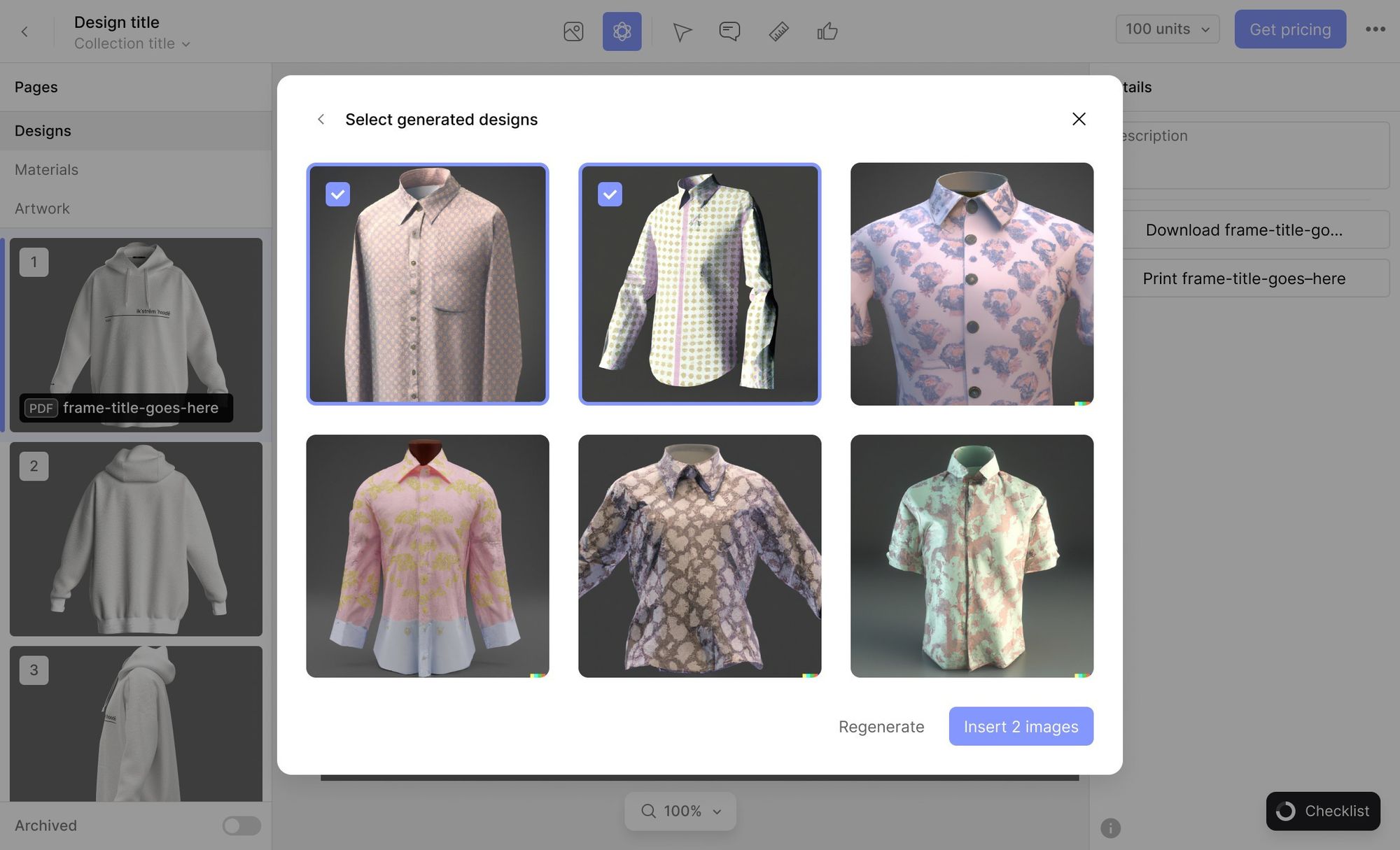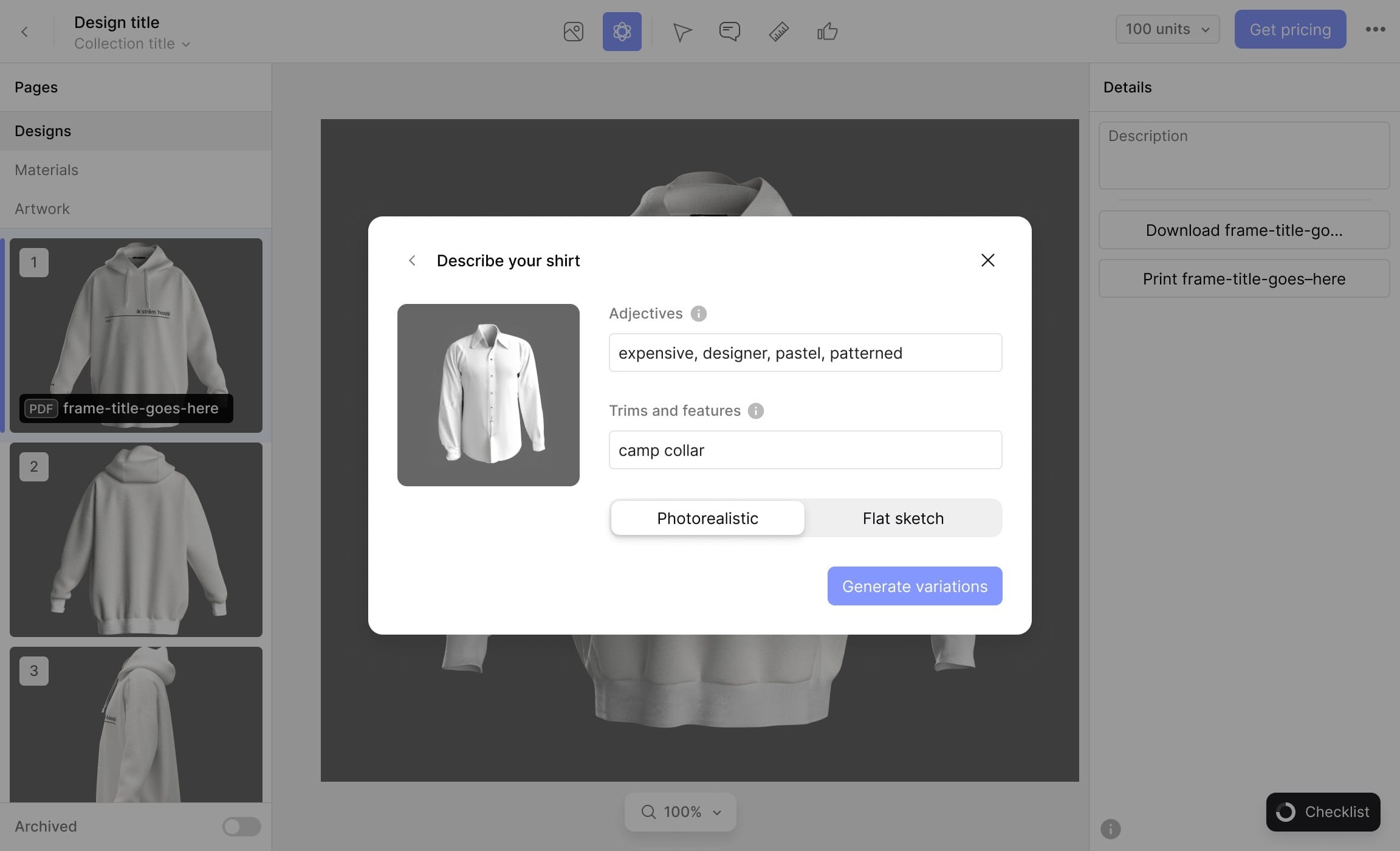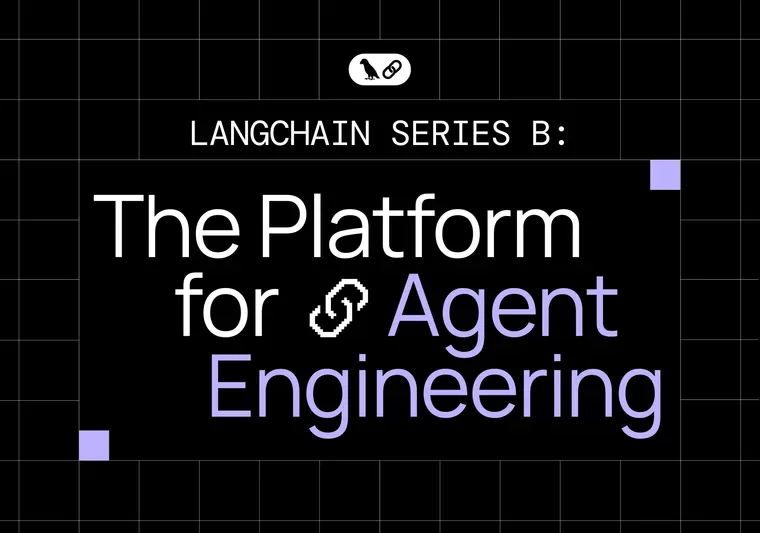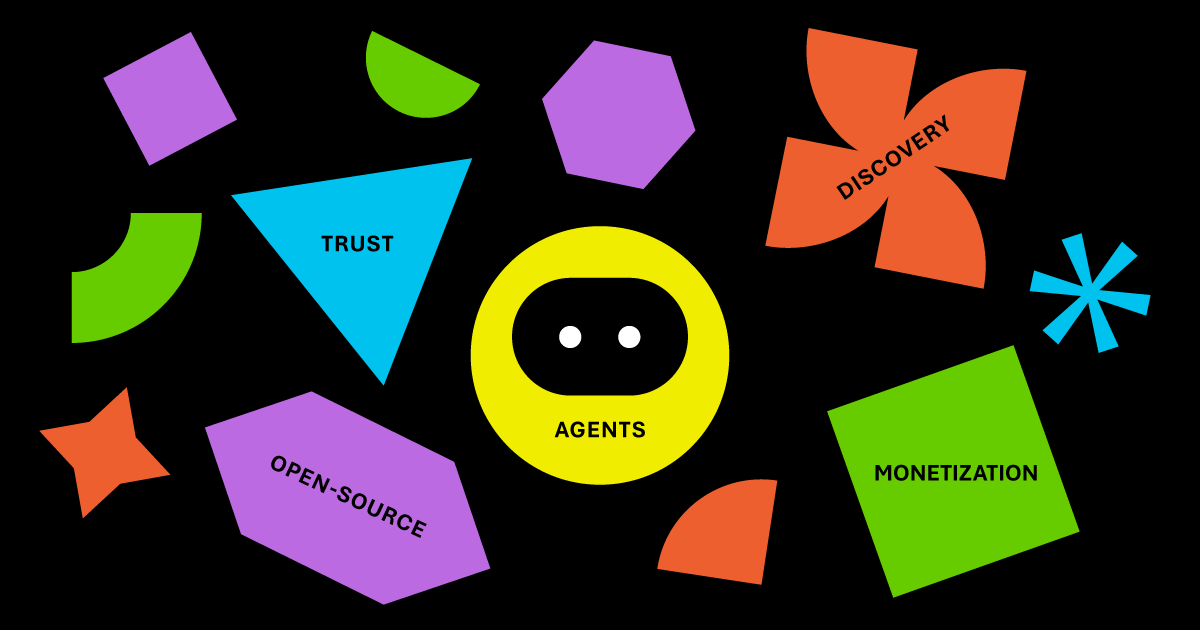CALA announced the addition of DALL-E to its platform. Founded in 2016, CALA is a leading fashion supply chain platform that integrates the entire design process - from creating a product idea to providing e-commerce and order fulfillment - into a single digital platform.
DALL-E is a new technology created using OpenAI's advanced artificial intelligence system that will allow users to generate new visual design ideas based on natural text descriptions or downloaded reference images. CALA is one of the first companies to integrate the DALL-E API for use in specific enterprise applications. It integrates the entire design process - from creating a product idea to enabling e-commerce and order fulfillment - into a single digital platform. And the system is suitable for any brand - from large retailers to mid-sized fashion houses to independent designers.

CALA AI works as follows - first the user selects one of dozens of product templates. Using these natural language cues, CALA will create six product design examples. The user can continue to cycle through the designs based on the initial prompt, using the "Regenerate" feature, selecting the design that most closely matches the aesthetic they are trying to achieve. The user can then continue to further modify those designs, even working with colleagues directly in the CALA platform, before beginning to produce the product.
"We are very pleased that CALA has integrated DALL-E into its platform, becoming one of the first users of the DALL-E API," says Peter Welinder, vice president of products and partnerships at OpenAI. "It has always been our goal to get people to use DALL-E as an extension of their creativity, and we hope that CALA users will feel that they now have a capable design assistant with artificial intelligence at their fingertips."
This is just as cool as the previously introduced new method of deep learning with light created by researchers at the Massachusetts Institute of Technology, which significantly reduces computation latency on smart speakers and other low-power connected devices and allows the memory-intensive steps of running a machine learning model to be moved to a central server, where model components are encoded into light waves.






Comments